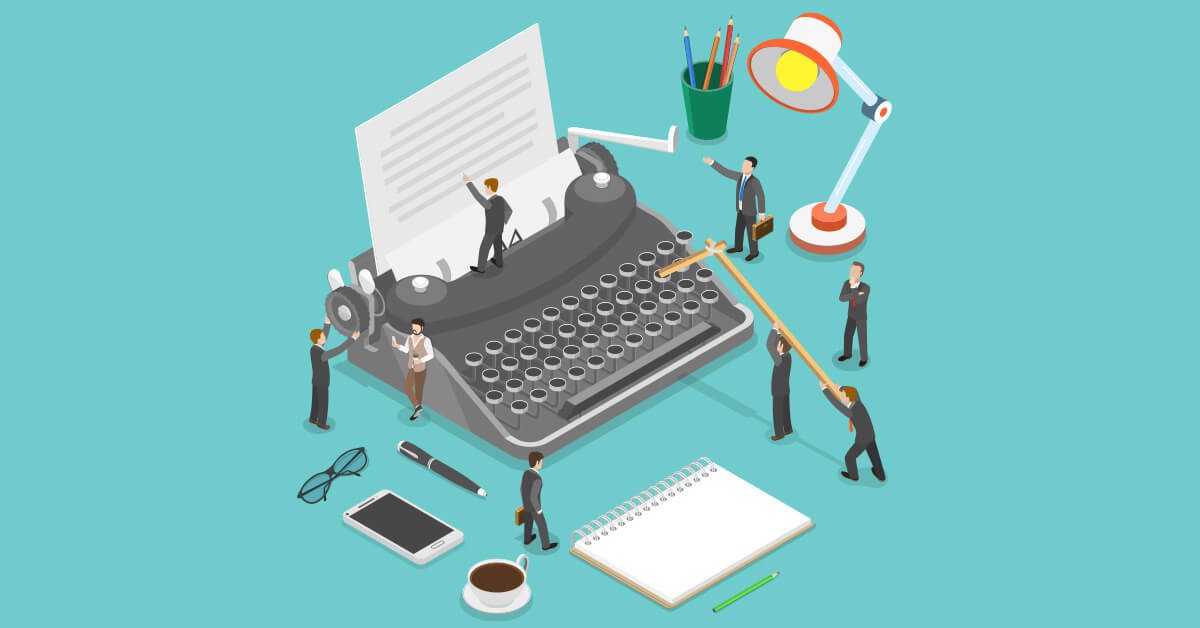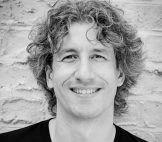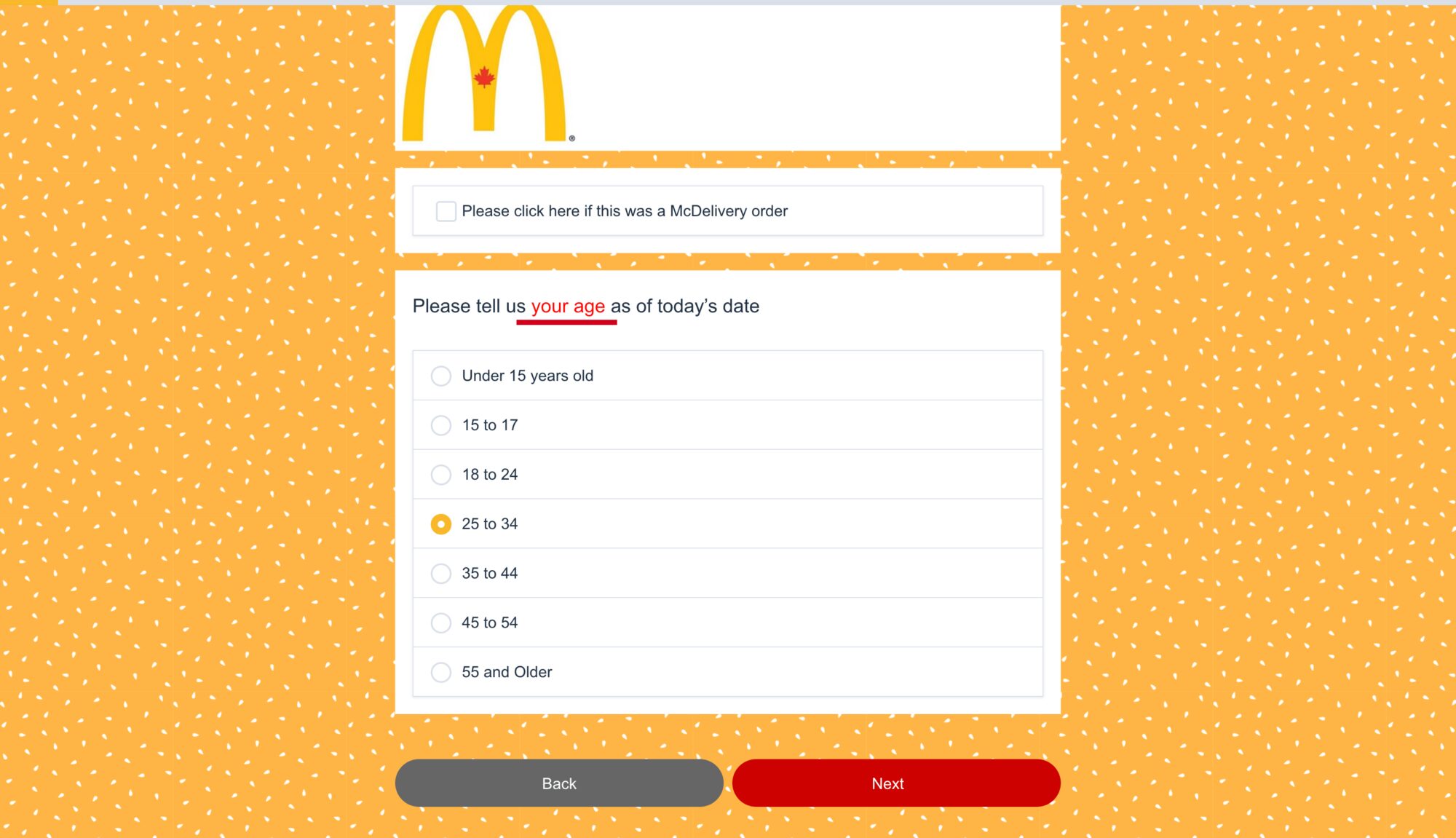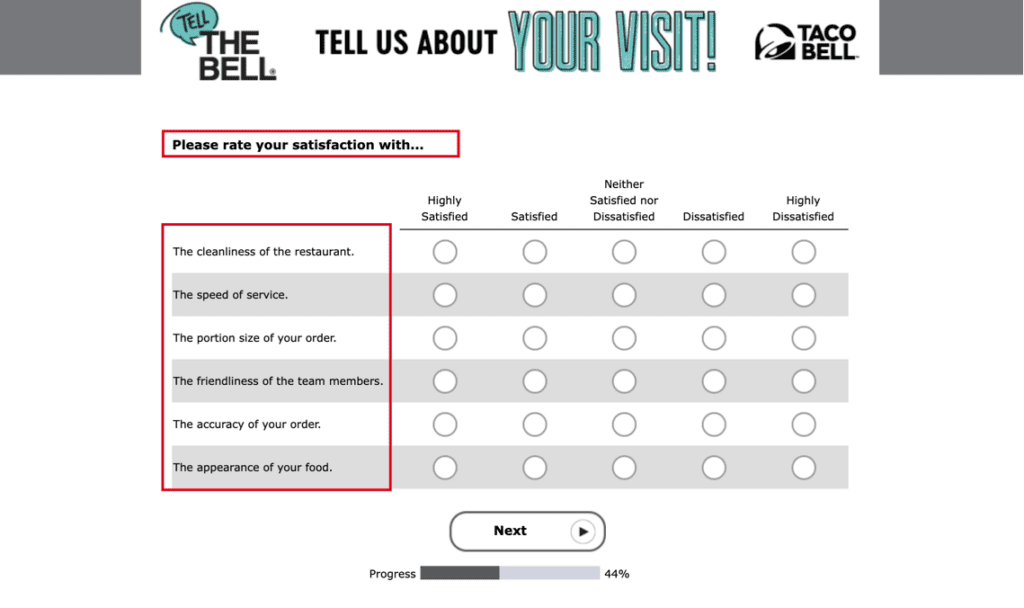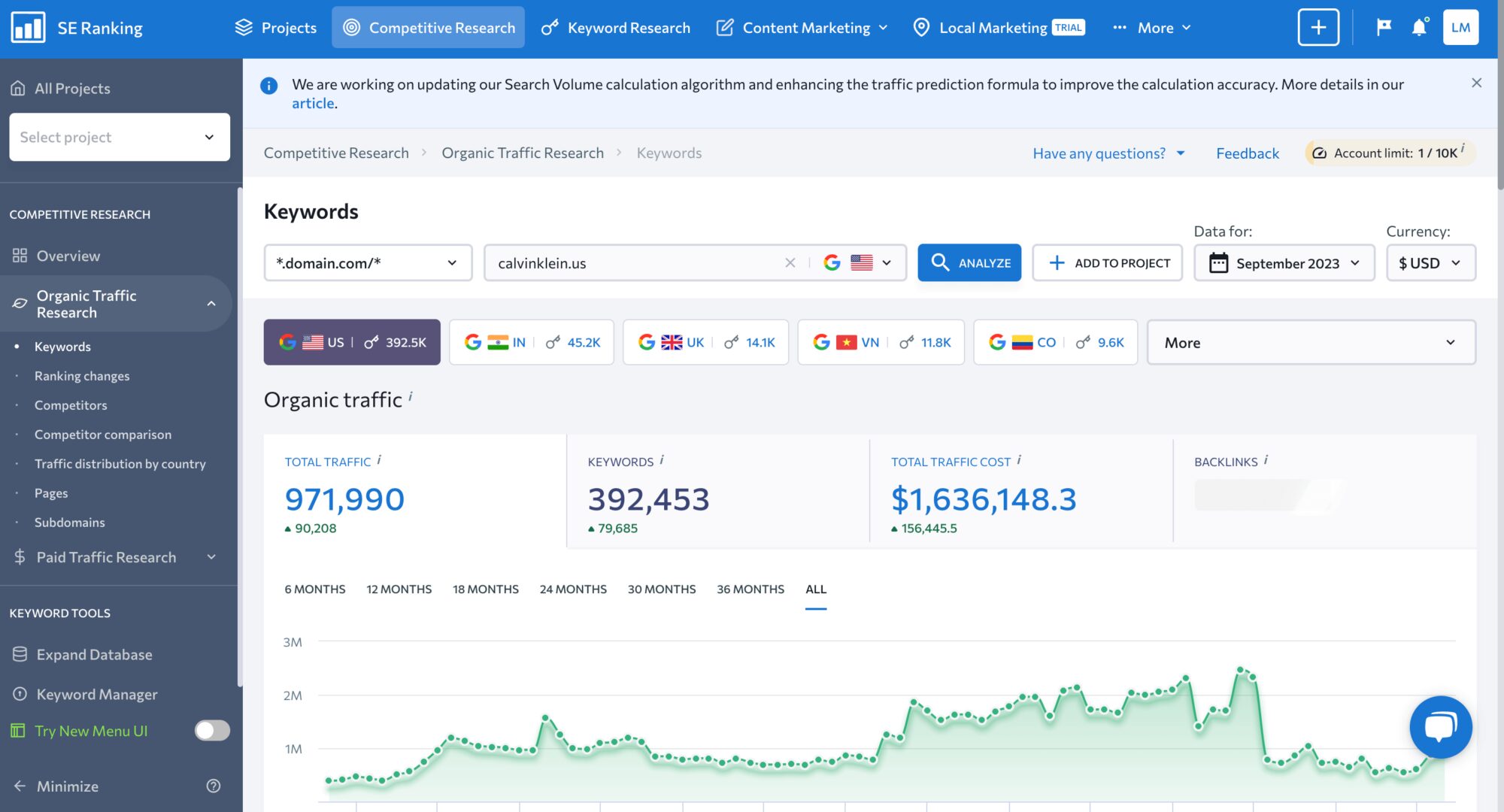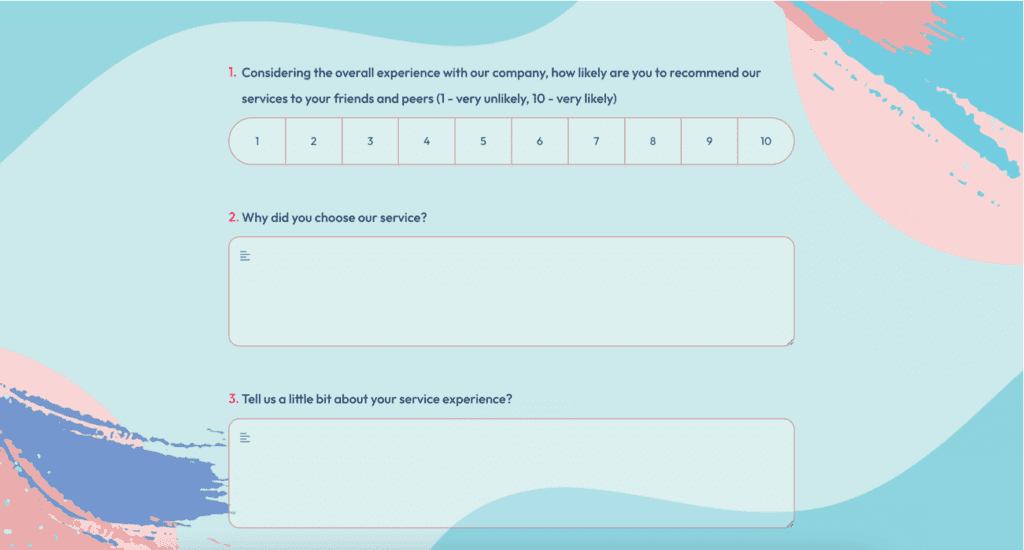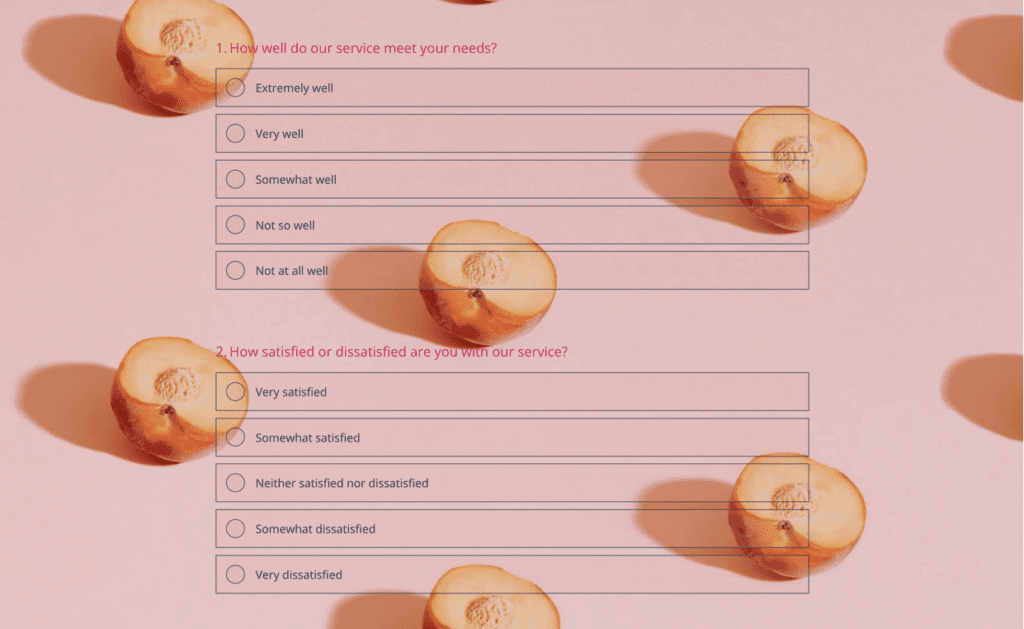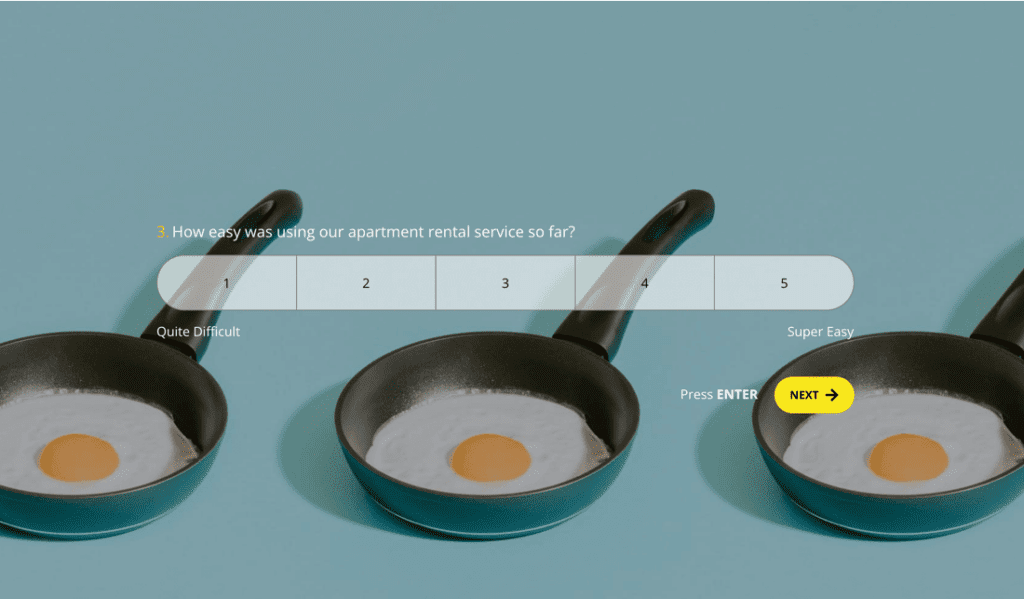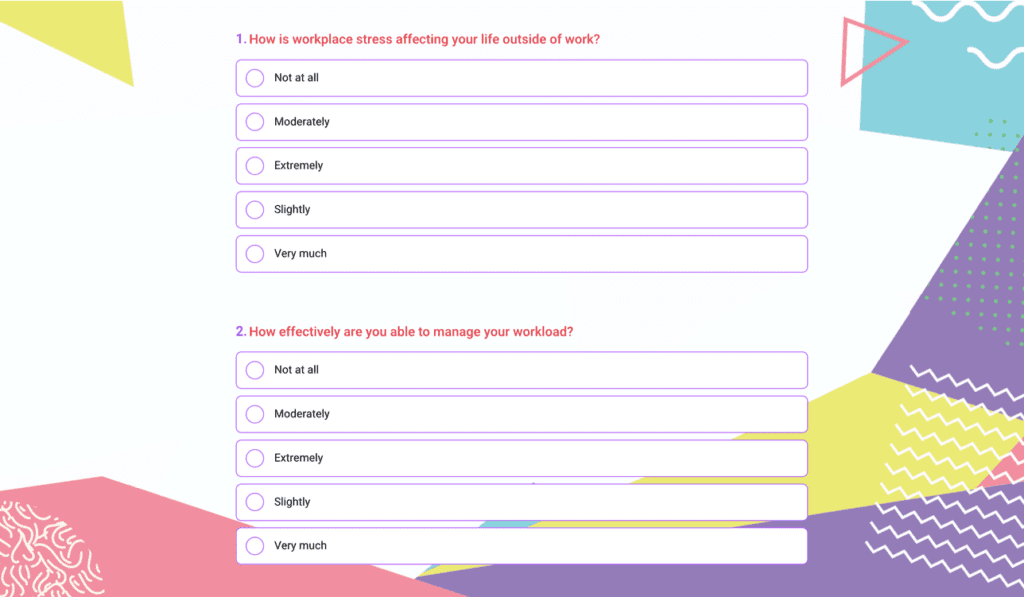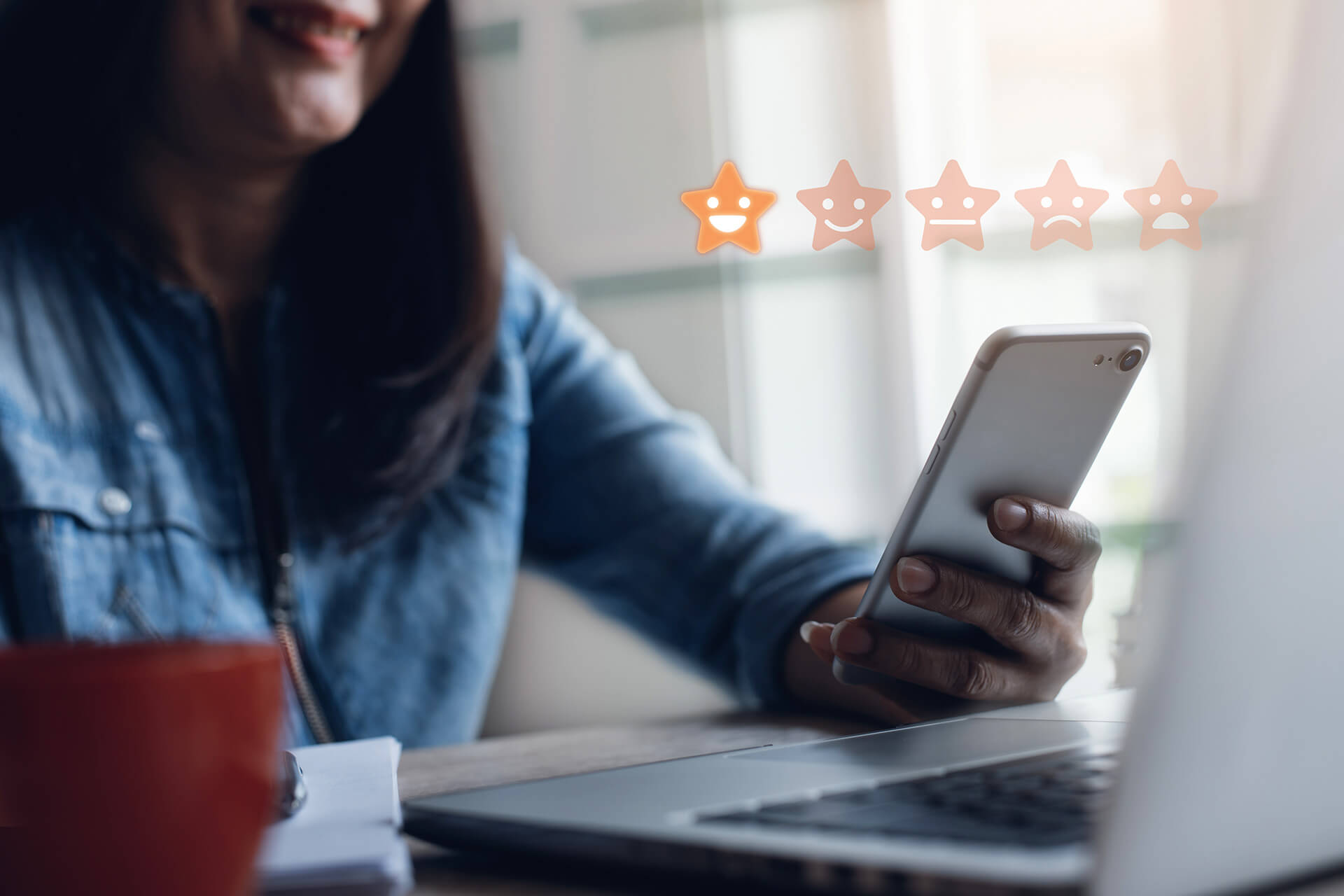
Article
How to Build Surveys to Understand Your Target Audience
PUBLISHED:September 11, 2023
UPDATED:February 23, 2024
Do you know what your clients and employees think about your brand? What should you improve in your product or service line to meet customer needs and pain points? Are you reaching your target audience? Business owners and their executive teams are asking these and many other related questions.
The truth is that no one knows the answers to these questions better than those who are directly affected by them. Consequently, brands of all kinds are seeking a solution that will enable them to ask the right questions to the right people, and surveys are the key to acquiring valuable brand insights in today’s dynamic business landscape.
Due to an entirely consumer-oriented approach to marketing, harsh competition, and tendencies evolving at a rapid pace, businesses strive to gain feedback and opinions straight from their audiences, which elucidates the importance of surveys as straightforward yet robust tools for understanding and recognizing a brand’s target audience.
This article aims to help you define your target market using surveys, understand different types of surveys and their purpose, design effective surveys, and analyze survey reporting. As a result, you can implement improvements in your business by refining customer journeys and experiences, making reasonable marketing decisions, and building and fostering better relationships with your brand admirers.
Understanding Your Target Audience with Online Surveys
The Fresh Market, Taco Bell, Pandora, Wendy’s, Shell, PartyCity, McDonald’s, and other small and large brands worldwide implement surveys in their strategies to stay in the know and cater to their audience’s needs. Due to the exceptional information and value surveys can provide, businesses rely on various tailored surveys for different agendas.
Why is Defining Your Target Audience Important?
To start with, surveys provide businesses with a comprehensive target audience analysis covering potential customers’ demographic profiles. Gathering location, race, gender, age, income level before and after taxes, and other essential information before upcoming marketing campaigns allows companies to understand the traits of their potential and existing customers so that they can adjust their marketing messages according to survey results on particular demographic data.
Also, surveys allow brands to broaden their horizons by uncovering their target audiences’ interests, desires, and preferences. Thus, when the audience is questioned about their favourite products and product features, convenient ways of communication, the quality of customer service, and more, they will deliver a goldmine that can be further used for developing better products and services, aligning assistance with customer preferences, enriching customer satisfaction, and boosting client loyalty.
Another essential benefit of employing surveys is obtaining a high-end view of your brand perception. Surveys can give you an understanding of what various segments of your target audience think about your brand, how they gauge your website, products, and services, what catchwords they associate your brand with, and their attitude toward your niche competitors.
This valuable data can contribute to a hefty list of refinements that you can incorporate into your development strategy. Then, you will be able to adjust your brand identity, sharpen the message you want to convey, understand your current competition and its strong points, improve your online presence, and even reveal the most lucrative way to track your search engine rankings.
Furthermore, using surveys to empower your marketing strategy provides an emphatic tool for understanding consumers and their purchase behaviour. Thus, you can ask questions that help to analyze customer buying habits, niche trends, and recent shopping experiences.
The retrieved data can then be used to create a blueprint for optimizing your company sales, improving marketing activities, and evaluating product quality and presentation. For example, the Taco Bell customer survey asks customers to rate past visits in detail to understand the brand’s strengths and weaknesses.
In addition to customer purchase behaviour, tailored surveys allow you to gauge whether your customer assistance, product or service line, pricing, shipping and delivery opportunities, and website or app usability please your audience and address their pain points. By asking for feedback, you can measure customer satisfaction and assess the quality of the customer journey and experience you provide.
What’s more, utilizing surveys can also help you define the list of your major competitors as the right survey questions related to your products and services and their comparison to other brands your clients prefer can significantly support your business enhancement plan.
Investigating niche competitors can also help you comprehensively understand your target market and find the gaps in the marketing strategy you need to fill. Who are your competitors marketing to? Who do they produce content for? What keywords do they target in content with their SEO campaign? These and other essential competitors’ data can be scoured with a distinct competitive research software like the one from SE Ranking. It provides valuable insights into rivals’ SEO and PPC strategies, which you can use as a source of ideas for improving your strategy.
Although surveys help in conducting a comprehensive target audience analysis, there are other methods to define and comprehend a brand’s target market — for example, observational studies, interviews, data analytics, focus groups, etc. However, all these alternatives provide a more in-depth, contextual, and objective investigation that requires more time and effort. Meanwhile, surveys are perfect for instant proactivity and decision-making, allowing for the management of standardized, self-reported data that doesn’t need sophisticated processing.
Ultimately, surveys are shortcuts to understanding the demands of people getting to know the brand, offering numerous advantages to businesses. With insights obtained through surveys, you can test new business ideas, validate concepts and products before their actual release, monitor the constantly changing environment of customer appetites, and make timely business decisions to prolong and enhance a connection with your audience.
Survey Types for Understanding Your Audience
There are different types of surveys, each with a particular purpose. To select the right type of survey for accomplishing your business goals, you need to understand precisely what essential information it can provide you with. So let’s take a look at the primary survey types and their purposes.
Customer Satisfaction Surveys
Surveys devoted to understanding and measuring customer satisfaction are paramount for any business offering services or a product line. Such surveys help collect data that indicates if your efforts to win customers’ hearts are justified. Customer satisfaction surveys can be broadly classified into Net Promoter Score (NPS), Customer Effort Score (CES), and Customer Satisfaction Score (CSAT).
The NPS is used for gauging customer loyalty and evaluating if your customers are likely to spread the word about your brand to their friends and peers. The NPS score usually counts from 0 to 10 — the higher, the better.
The Customer Satisfaction Score, or CSAT survey, allows for an on-the-spot evaluation of the customer experience and general customer satisfaction with your feature, product, or service. Measuring the CES at different touchpoints is highly recommended to monitor the customer journey. To get a precise score, consider dividing the number of satisfied customers by the total number of responses, then multiplying the result by 100 to obtain a percentage score.
And the Customer Effort Score survey measures customer effort to get to know and utilize your product or service. The CEP survey data is crucial to monitoring and improving the customer experience. You can follow up on your survey depending on the score you get from customer responses. Doing so will help you better understand problems and address customer pain points.
Employee Satisfaction Surveys
The professional crew standing behind the business is pivotal for success, as your employees are an essential link in the chain connecting you with your customers. Their motivation and attitude toward the job and duties directly affect your revenue and customer experience.
Therefore, maintaining employee satisfaction is critical to overall business prosperity. Employee satisfaction surveys can help business owners determine if teams are happy with their workflows and working atmosphere and understand how to refine their experience and company culture. The main goal here is to guarantee confidentiality, so employees can honestly share their opinions.
Feedback Surveys
Suppose you want to assess the pits and pearls of your new eCommerce website, grasp the most current software development ideas, optimize workflows for a particular project, enhance the quality of your product, service, or upcoming event, or address any other aspect of your business. In that case, feedback surveys can be highly valuable.
With properly structured feedback surveys, you can collect honest opinions and quickly acquire new valuable ideas to improve your next endeavour. Due to the versatility of these surveys, you can use them for multiple industries so that your audience can speak out, sharing genuine expertise.
Evaluation Surveys
Evaluation surveys come in handy if you need to assess and measure the effectiveness of a particular event, marketing campaign, product, service, online course, teaching practice, or any other matter. They help gauge an initiative’s efficacy against a specific goal or objective. For example, the online course evaluation survey example below estimates the practicality of the material, the teaching level, and the general impression of the course.
Market Research Surveys
Market research surveys are great if you need to collect valuable data on your target audience, covering customer shopping behaviour, client product picking preferences, niche competition, and up-to-date market trends and demands. Such surveys usually include questions about customer demographics, brand perception, and product usage experience, allowing business owners to produce high-end marketing strategies and pinpoint new development opportunities.
Marketing Surveys
Consider implementing marketing surveys if you need to reckon cutting-edge marketing tactics, ideas, activities, trends, and campaigns promptly and with utmost efficacy. This type of survey is ideal for gauging the value of particular marketing initiatives and compiling genuine feedback on miscellaneous advertising materials you utilize within your strategy.
In addition to the above, structured and interactive marketing surveys encourage you to dodge all the guesswork and gut feeling and acquire generous data insights directly from your audience. They can simplify the processes of investigating customer journeys and perceiving your consumers’ real wants and needs.
Product Surveys
Opt for product surveys if you want to ask your target audience about your products. They encourage people who have bought and used a product for a while to share some insights on product performance, packaging, quality, and pricing. The survey responses allow business owners to understand how to resolve customer concerns and enhance product characteristics to boost customer satisfaction.
Research Surveys
Research surveys are remarkable in case your forthcoming survey should precisely uncover a specific topic. Questions used to develop research surveys are often just fragments of a matter conveyed in a huge study. To design a thriving research survey, clarify your goals and ensure they harmonize with your survey’s primary purpose. Moreover, take your time to compose relevant and unbiased questions and maintain a logical flow of their arrangement.
The versatility of research surveys provides a space to unwind so that you can leverage them to unearth different areas and industries. Nevertheless, there is an essential thing to note — research surveys require total privacy. So, go the extra mile to keep participants’ information confidential to encourage them to share their life experiences, backgrounds, and habits sincerely.
The Recipe for Successful Surveys
Although every survey varies depending on its type and purpose, you need to incorporate some essential practices to make your survey effective and results-driven.
First and foremost, understand what topic you want to cover in your survey to define your primary goals and objectives. For instance, let’s assess customers’ opinions and measure their satisfaction with a made-up PetCos company and its new dog food product line. So, this survey will have the following objectives:
- Evaluate overall customer satisfaction with the new dog food product line and the customer support provided regarding the product features and availability.
- Collect customer feedback on dog food product ingredients, features, flavours, packaging, shipping convenience, etc., and gain an understanding of what customers value about the product line and what should be improved.
- Understand how customers perceive the dog food products’ branding and grasp the brand’s credibility compared to the dog food market competition.
- Pinpoint particular customer preferences related to their pets’ allergies and diet restrictions to offer an extended product line tailored to their needs.
Next, delve into the survey people to target. Deciding whom to survey can be less challenging if you take the entire survey population, segment it up to your primary survey goals and audience behaviour, interests, occupation, gender, etc., and sample your survey with a focus group of respondents. To illustrate, for the PetCos company releasing a new dog food product line, the survey population refers to dog owners or individuals responsible for purchasing dog care products.
The sampling frame here is a subset of the survey population classified by particular criteria. For example, it may be the combination of gender, household income, other demographics, and consumer pet characteristics, such as breed, dog size, age, etc. However, strive for a balance so that the needs and interests of your sample group are similar to what the entire survey population wants and seeks. Otherwise, it can be complicated to interpret the results for your target audience. Thirdly, consider the survey questions you want to ask as they may dramatically affect survey results. Each question should bring value, so spend the time to sort out the questions and only use those that impact survey goals and objectives and strengthen survey flow. To illustrate, check out some questions suitable for the PetCos company survey on gathering insights about the new dog food product line.
- How happy are you with the overall quality of the new dog food products from PetCos?
- How would you rate the taste and flavour options of PetCos dog food products?
- What factors do you consider when selecting dog food?
- How satisfied are you with PetCos products for dogs with specific dietary needs like weight management, sensitive stomach, and others?
- What improvements, if any, would you suggest for the packaging of PetCos dog food products?
Moreover, go the extra mile to refine the look and feel of your survey. To do so, select an intuitive and feature-rich online survey maker to design a captivating questionnaire without any professional background. Use one of the pre-made survey templates that is suitable for your survey type and customize it by adding a short yet exciting introduction, specifying the time participants need to complete the survey, accentuating respondents’ confidentiality, and balancing the type and portion of questions.
Go through the design before launch to check if all the questions are valuable and preserve the logical flow of your survey. Additionally, review how your survey appears on different screen sizes to ensure all respondents can seamlessly take part on any device and check visual content, like survey images and charts, to ensure that it loads correctly and matches the style of your survey.
Once your survey is ready to go live, explore the best distribution channels so that your survey can help you achieve a thorough target audience analysis. You can conduct your questionnaire on social media, send it via email, embed it on your business website, or use online survey distribution tools covering survey design and response collection.
Additionally, in order to improve business processes and activities ensure proper data collection and structuring to gather accurate results that are easy to interpret in your marketing dashboards. Investigate your survey maker panel if you need help assembling all the data into a coherent copy.
Some survey-building platforms provide consistent stats containing the devices, web browsers, and operating systems respondents used to participate in the survey. This additional information lets you precisely communicate survey results to research teams, clients, and management to make more informed business decisions.
A Step-wise Plan to Implement Surveys
A straightforward and pleasant-looking survey featuring neat, true-to-life questions and styling is sometimes the most promising and cost-effective way to get a crystal-clear view of what your existing and potential customers are looking for. Nevertheless, consider spending time to create a consistent survey design, as every step requires precise attention and creativity. Here is a quick review of the ingredients from the recipe for a survey:
- Take a clear view of your survey goals and objectives,
- Thoroughly select survey participants by leveraging population and sampling,
- Pick the best survey questions to ask and fine-tune the design,
- Pre-test your survey before launch,
- Carefully choose the most applicable distribution channels to conduct your survey,
- Collect and analyze the data to interpret the survey findings and share the results.
Conclusion
Indeed, online surveys significantly impact business reputation, performance, and growth. Effective surveys designed with a feature-rich online survey maker are vital to helping you grasp the mindsets and hear the voices of your customers and employees.
By executing online surveys in your development strategy, you can frankly reckon if the goods and offerings you provide can beat the niche competition and satisfy the talent you hire. An American writer, Natalie Angier, came up with a glorious quote on online surveys. She said, “Surveys show that surveys never lie.” And it is definitely true, so grab a survey template that fits your project and pave the way to honest interactions with your target audience.
